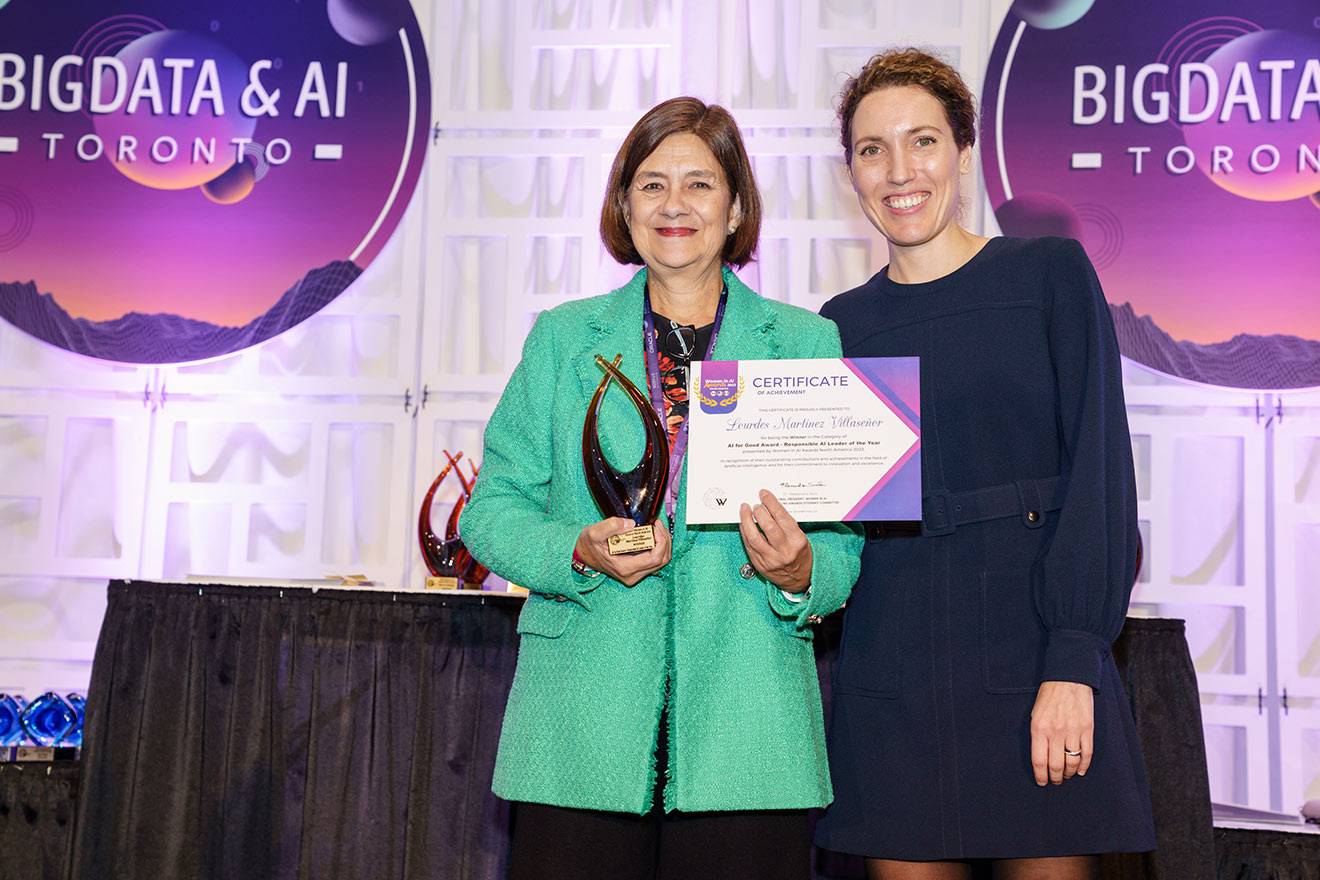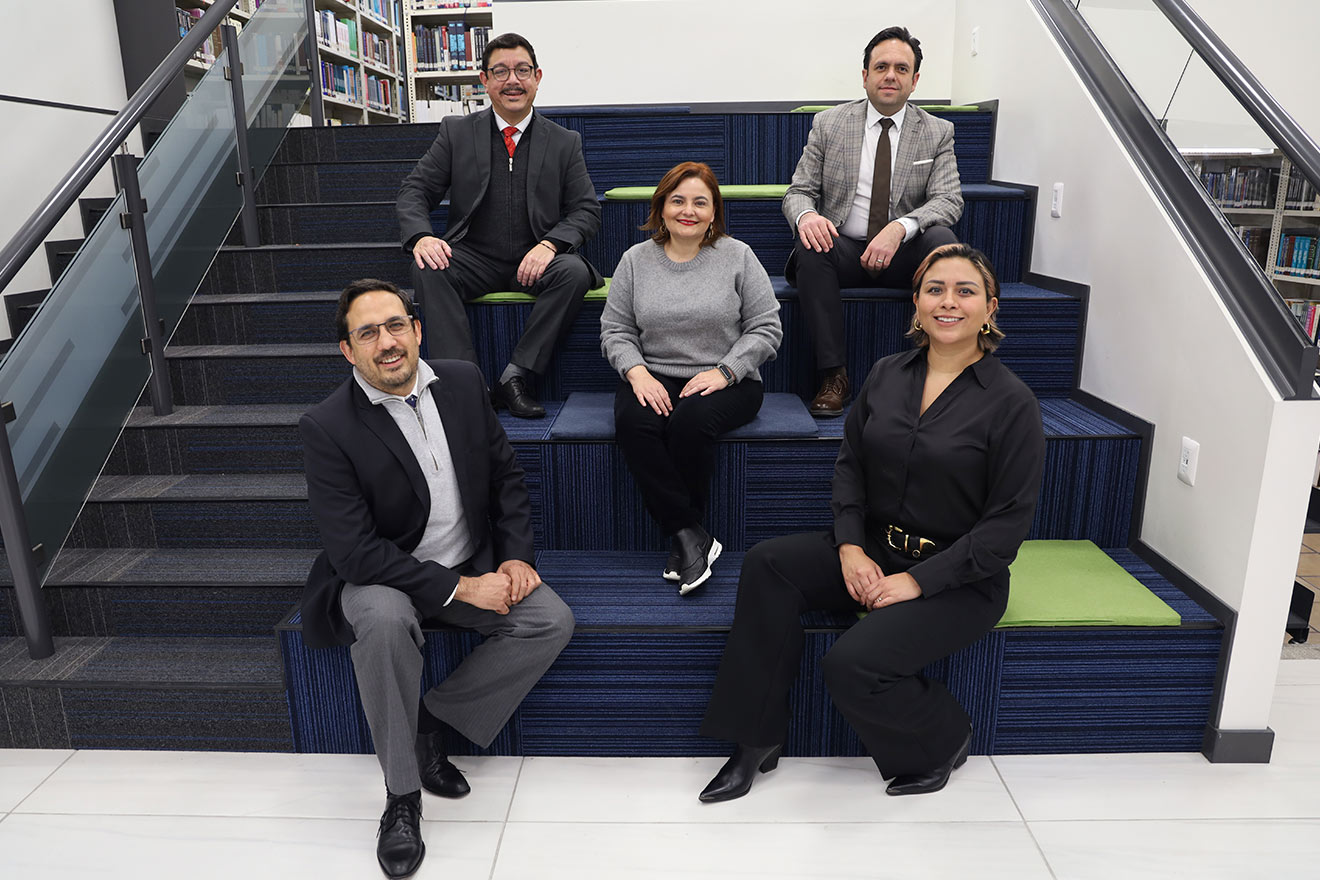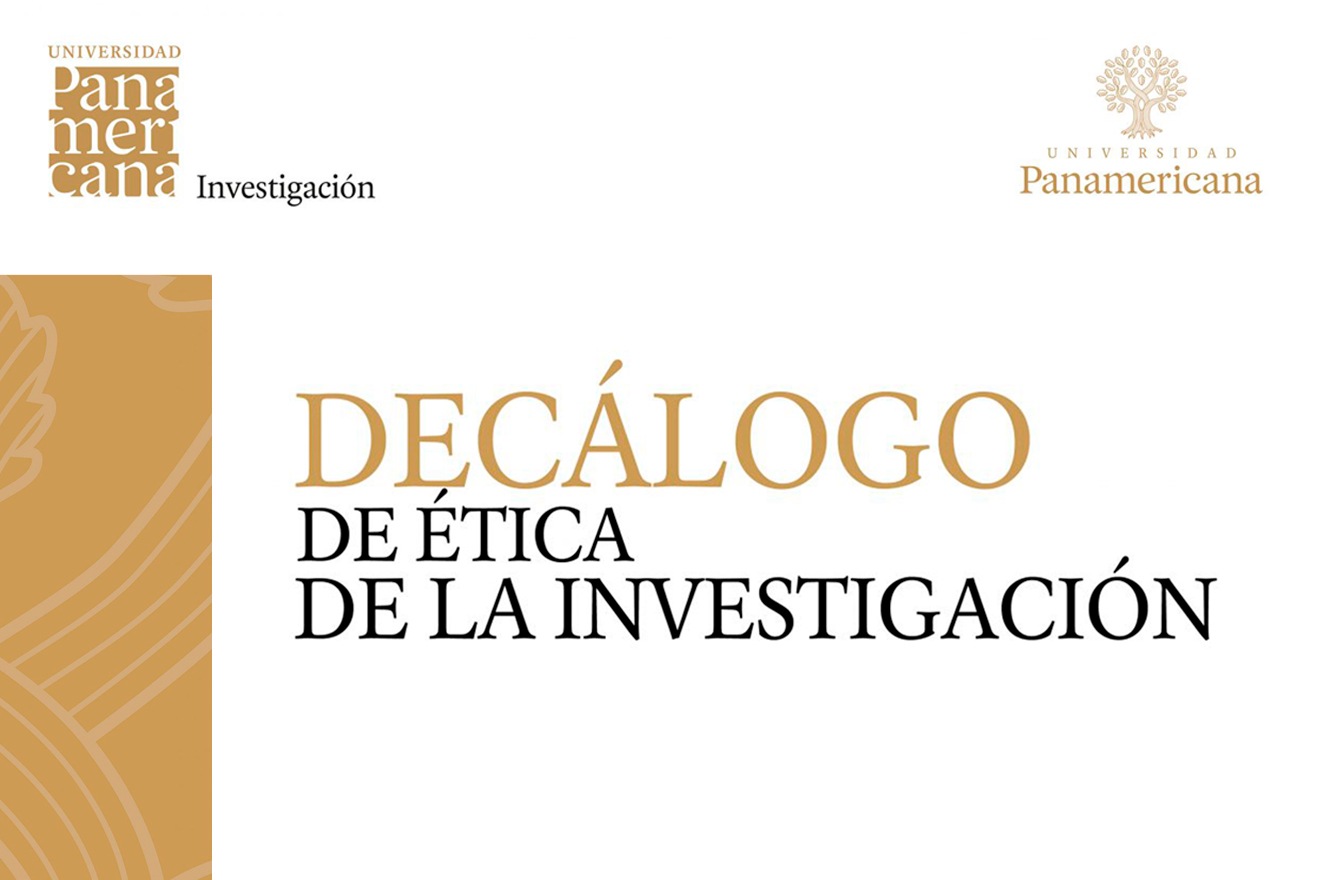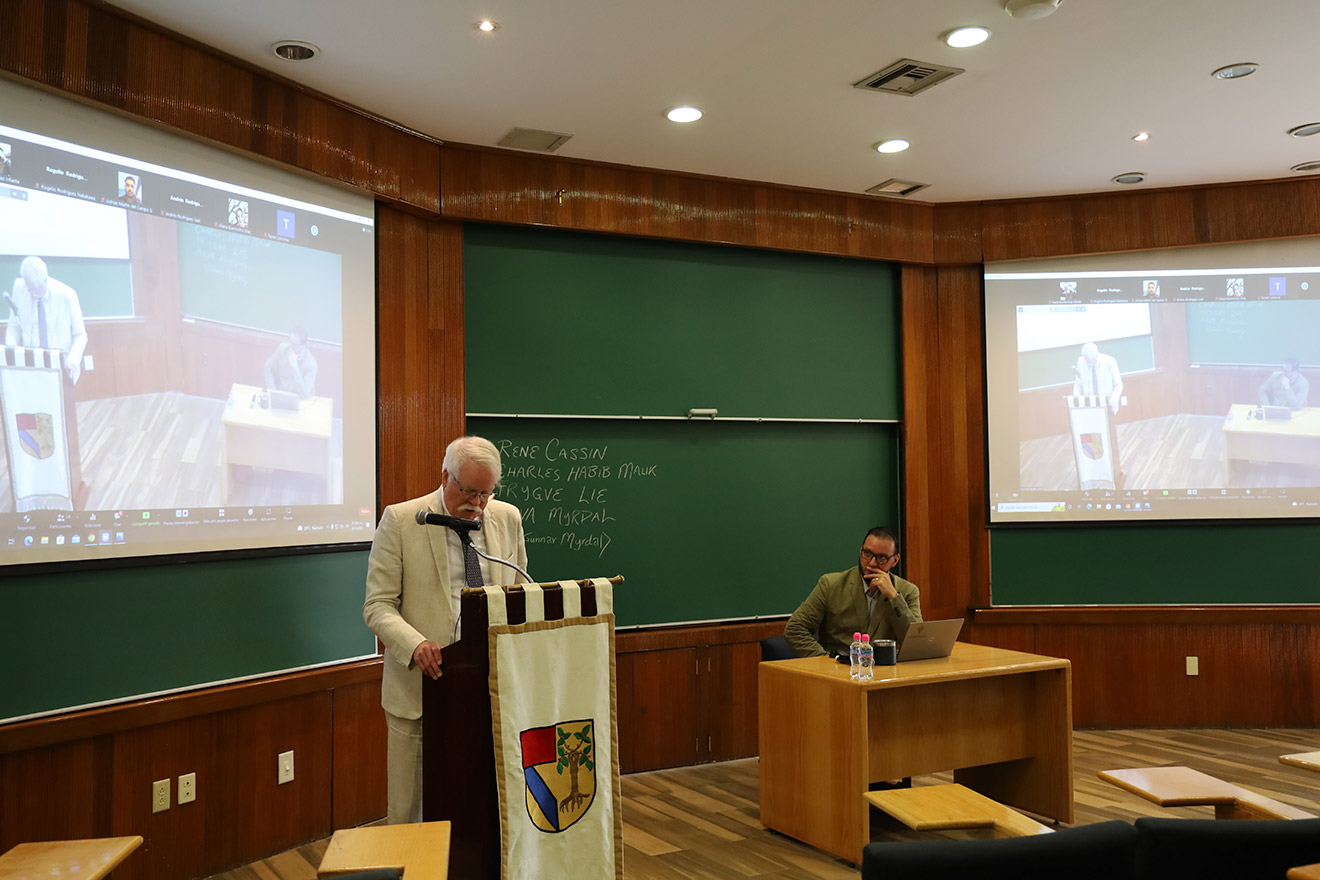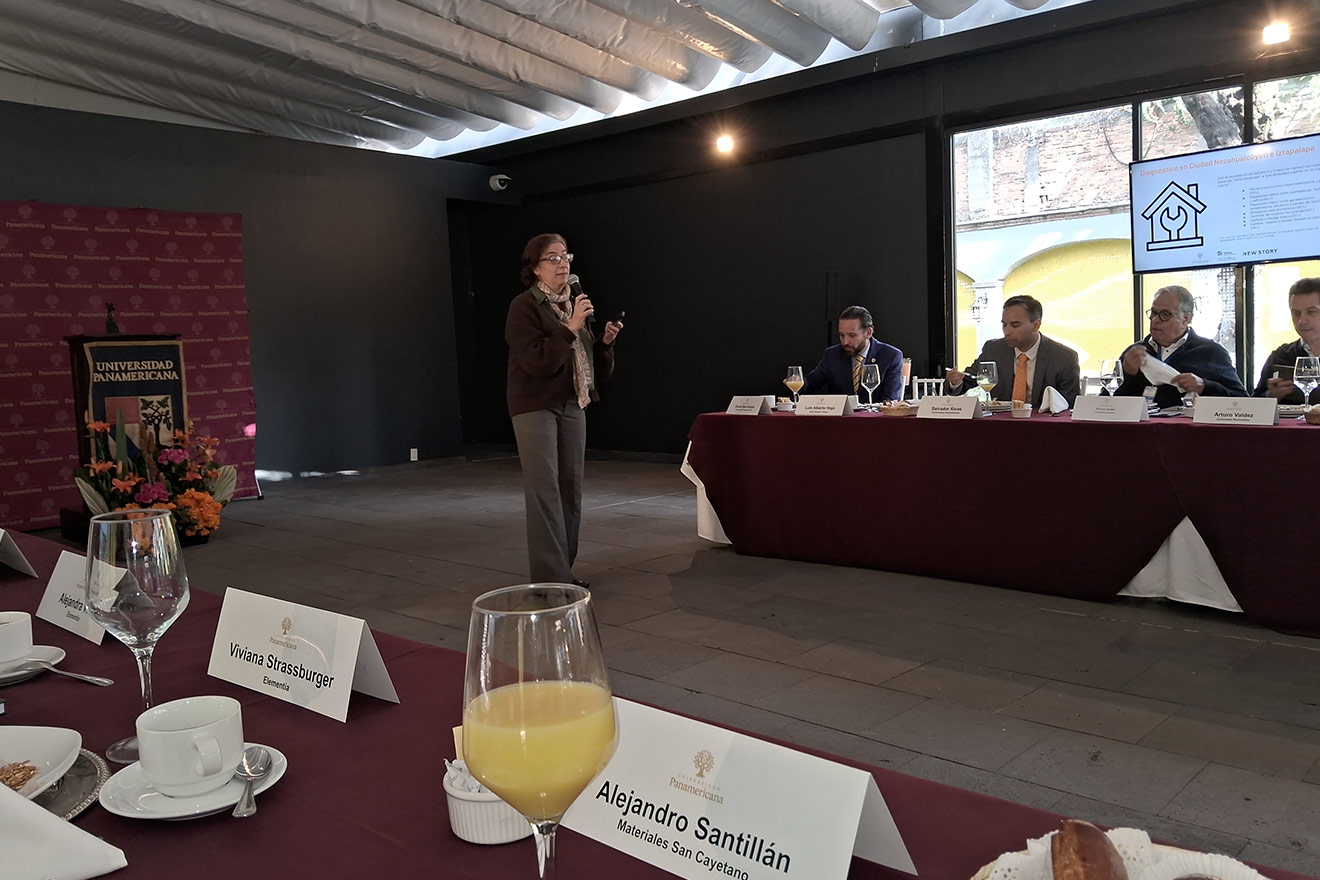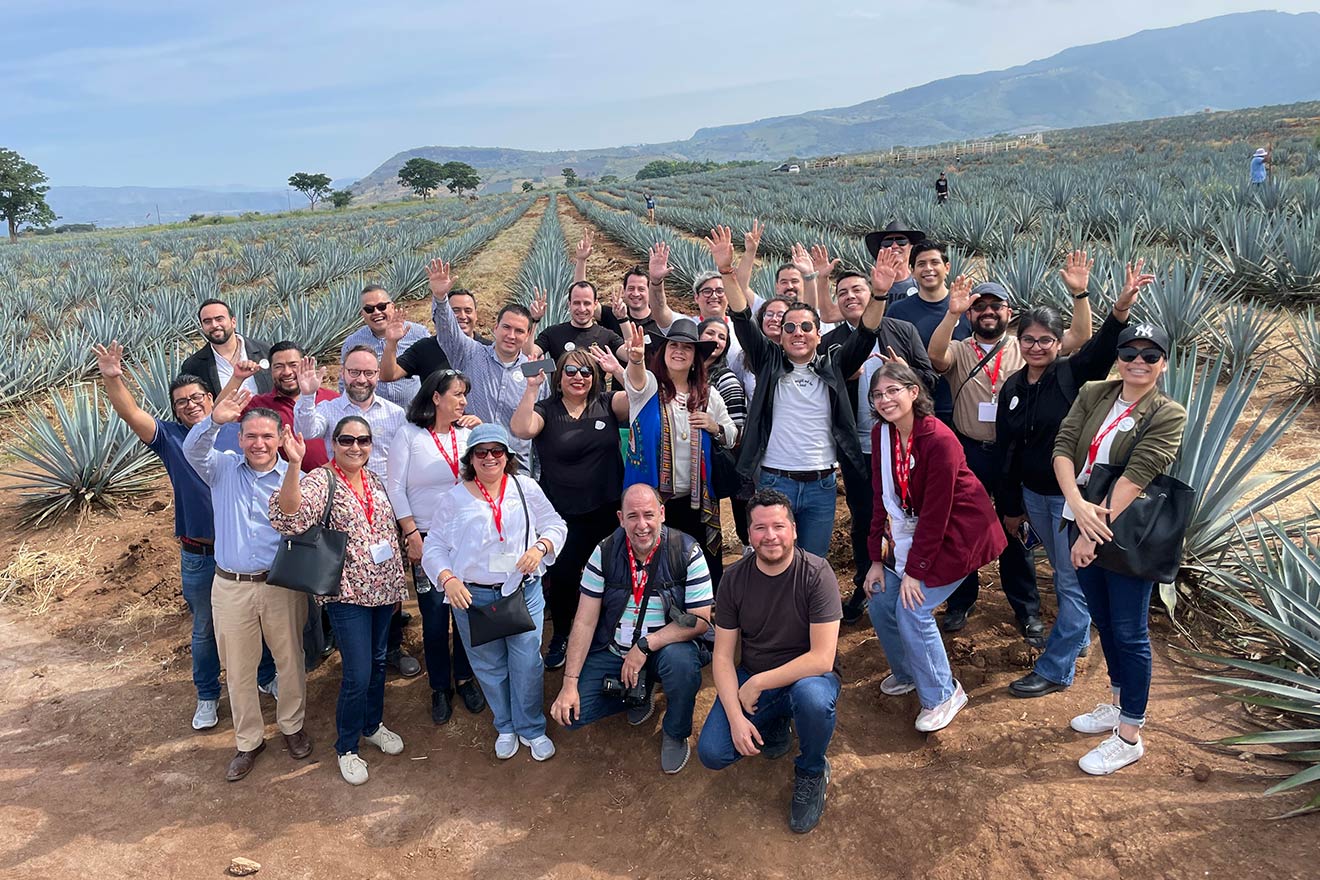Aguascalientes, Ags. June 25, 2023.- Doctor in Administrative Sciences Aura Andrea Díaz Duarte is a specialist in research topics within the circular economy sector, sustainable marketing and eco-innovation for the business performance of our company. Panamericana.
With the passage of time, multiple concepts related to sustainable development management have been emerging, the novelty lies in the growing interest of its necessary implementation in the different spheres of the environment: economy, politics, society and environment. Conventional economic models are the so-called "linear models", where business decisions are focused on the efficient use of resources with the main objective of satisfying market needs and generating profitability.
Likewise, circular business models, which arise from the study and implementation of the circular economy, focus on meeting the market need, but something of utmost importance is added: prolonging to its maximum potential the useful life of all the resources involved in the process of satisfying that need, whether it is the development of a product or a service.
Dr. Aura Andrea Díaz Duarte shares an article on the importance of the circular economy and its profitability in business.
Dr. Aura is also Director of the Academy in Business, Law, Computer Science and Soft Skills within the School of Economics and Business Administration. She has her family business, with more than 30 years in the market in the field of commercialization and electrical construction.
Circular Economy: from sustainability to business profitability
In the last fifteen years, the circular economy has been gaining strength as a science applied to business models, not only industrial or production, that is to say, a wide range of possibilities for the implementation of the circular economy in the administrative part of business has been emerging. Much of the conceptualization of these circular terms in management has been supported by the Ellen MacArthur Foundation, basing this circular model on three axes: "take, do and undo".
Their goal is to eliminate waste that is harmful to the environment by promoting the use of goods with natural components called "nutrients" that can be reabsorbed into the biosphere without causing damage and, likewise, in terms of technical components, they promote the triptych of "reuse, repair and recycle", generating technologies with a longer life cycle.
Klein, one of today's leading scientists on sustainability issues in economic development, generates a structure of functional dimensions of the company that serve to measure the level of adoption or resistance in the implementation of circular business models, dividing this scheme into internal processes and operations, organizational changes and strategies, internal stimuli and barriers to adopting the circular economy.
A first important link for the adoption of a circular business model is to analyze the internal stimuli, as well as to know the internal barriers for its adoption , where the main barriers consist of the lack of knowledge in sustainability issues, the lack of financial resources of the company, the lack of investment to train personnel in circularity issues, lack of cooperation, dialogue and exchange of experiences in the sector belonging to the company, rigidity in internal processes, lack of interaction with suppliers, and lack of adequate advice for business decision making based on a framework of indicators for circular business models.
However, the influence generated by the stimuli for the adoption of the circular economy within the business model strongly counteracts the possible barriers that may exist. These incentives are mainly centered on the commitment of managers and directors towards driving the business philosophy on sustainable issues and, externally, laws and government regulations that favor companies belonging to circular models can be an important incentive. Pressure from competitors and customers themselves becomes a decisive driver to change, as far as possible, the use of resources in the entire supply chain in such a way that it generates the least impact on the environment, or better still, generates an improvement.
Given the boom that the term circular economy is taking as a sustainable and profitable business option, she says that "companies have the responsibility to analyze internally what their position is in the environment, how their decisions affect or promote sustainable development and environmental care, and how suppliers and all those involved in the distribution channels of any good or service should work particularly on changing their raw materials, processes and administrative practices to strengthen the life cycles of products and always try to direct their decisions towards the welfare of the environment".



